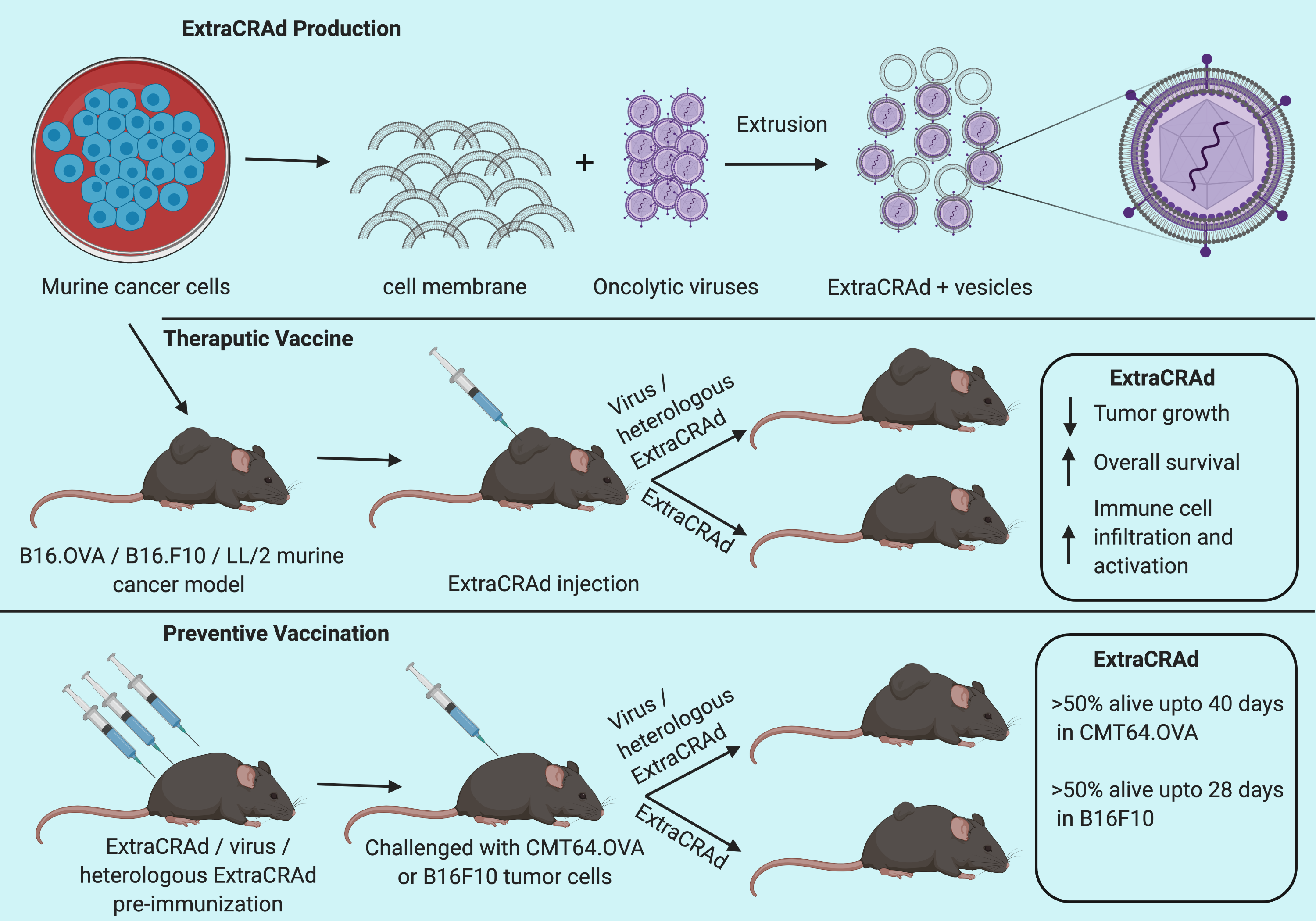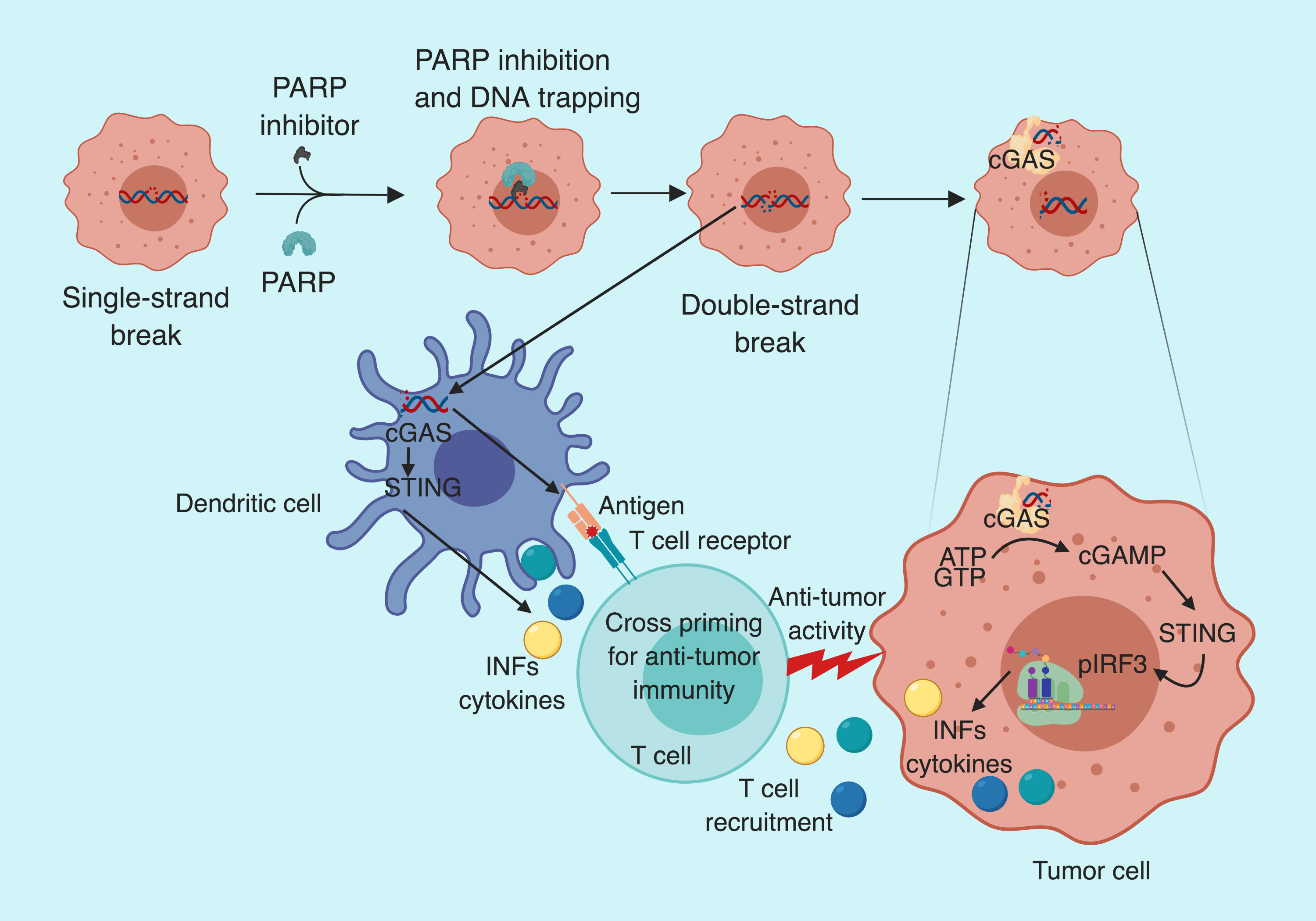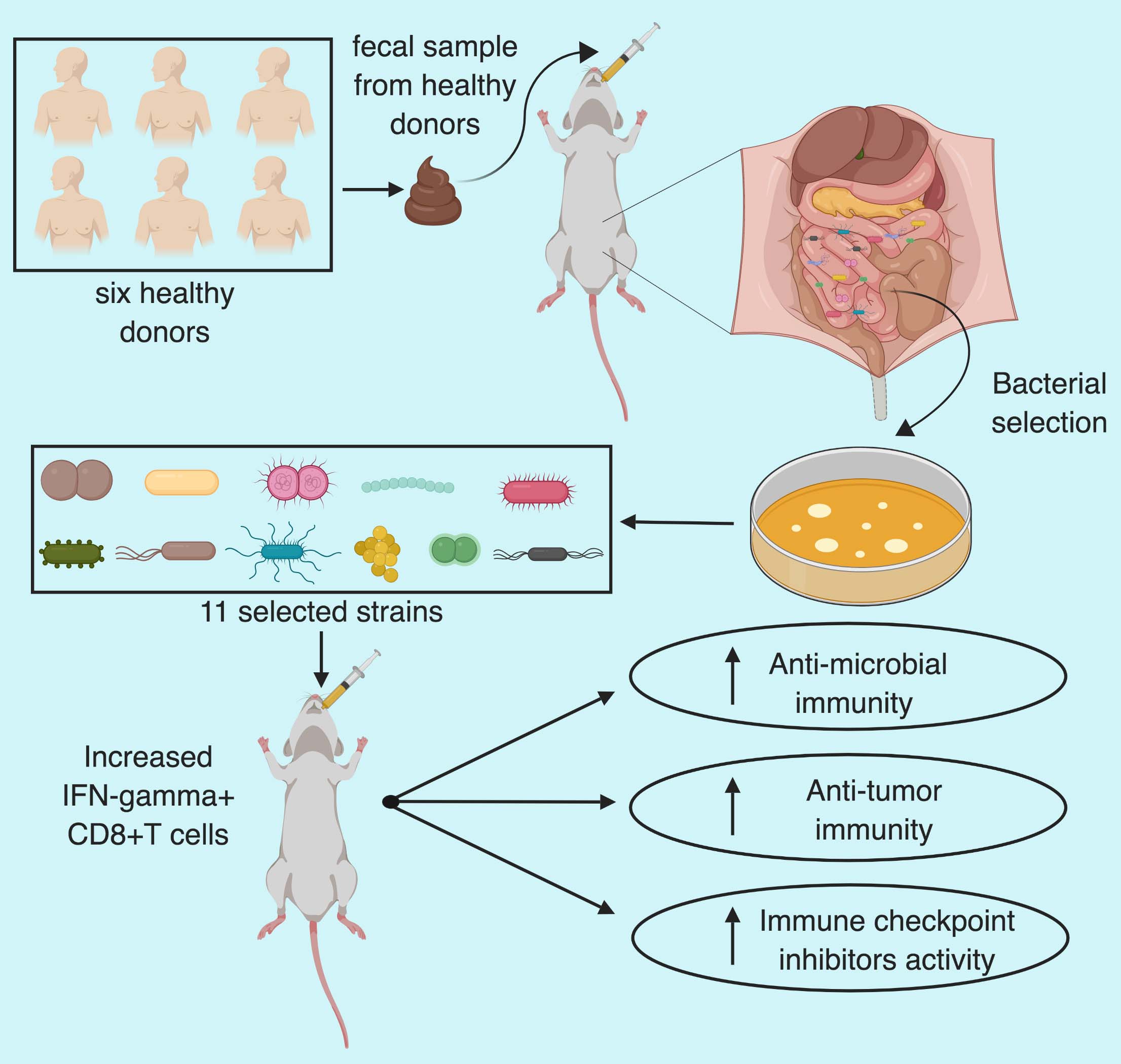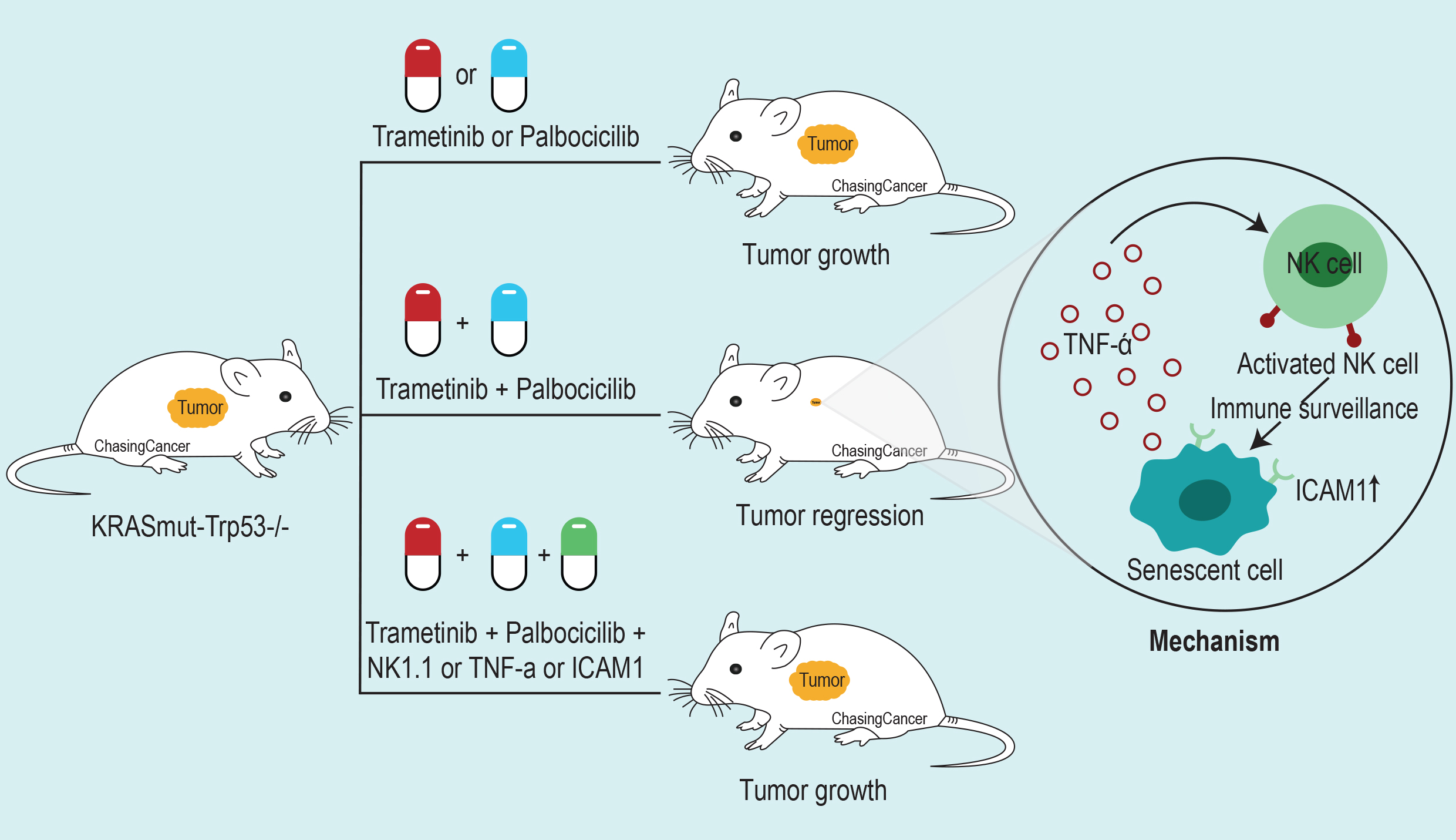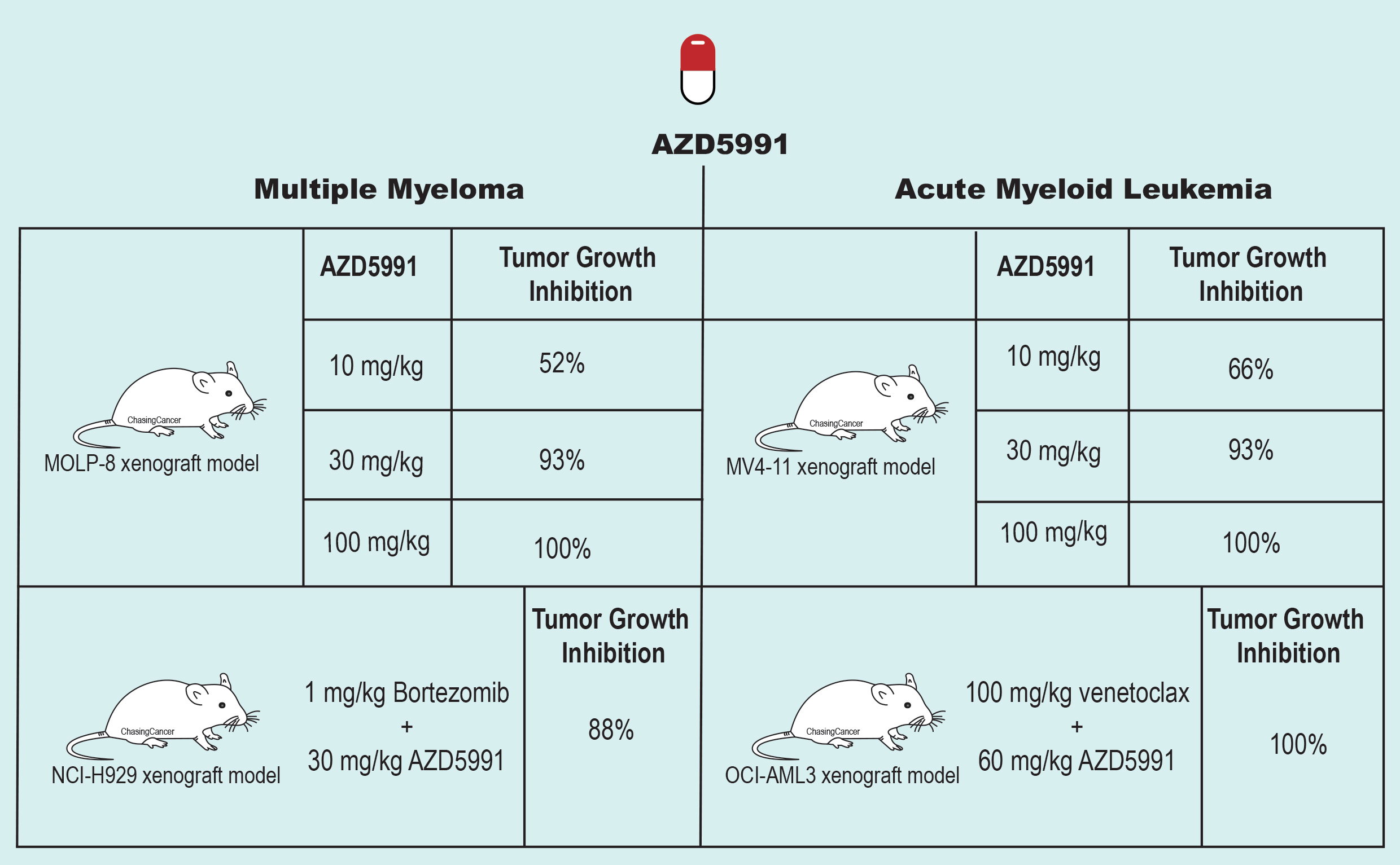Cancer vaccines Since the discovery, vaccines have proven effective in fading off some of the deadliest diseases, saving a countless number of lives throughout the world. However, with cancer, attempts to harness the lifesaving potential of vaccines has yielded close to nothing. Exceptions, however, are the preventive vaccines like hepatitis B virus (HBV) against liver cancer… Continue reading Cancer Vaccines — A Promising Prospect
Category: Article Review
STING the Cancer
If you had attended the American Association of Cancer Research (AACR) annual meeting this year (2019), you must have noticed a flurry of immunotherapy talks. This is the testament of the success achieved by cancer immunotherapy in recent years. From a couple of talks confined within a small room and the familiar crowd to the… Continue reading STING the Cancer
Microbiota to the cancer rescue
Immunotherapy has changed the landscape of cancer treatment with complete tumor remission in a subset of patients. While immense efforts are being made to increase the effectiveness of such treatment across a large population by combining them with other immune and targeted therapies. Attempts to decipher the variables which might influence the response to immunotherapy… Continue reading Microbiota to the cancer rescue
Revival of cytostatic drugs as cancer therapy
In the absence of functional apoptotic pathway, most chemotherapy and probably many other anticancer drugs suppress tumor via senescence. However, induction of senescence isn’t considered a good therapeutic outcome and many researchers are looking to combine cytostatic drugs, with other drugs which would selectively kill the senescent cells (senolytics). In a recent paper published in… Continue reading Revival of cytostatic drugs as cancer therapy
Turning on the self-destruct switch
Cells have evolved with an inbuilt self-destruction switch called apoptosis. The ability of cells to commit suicide helps us stay disease-free by removing damaged and worn-out cells. Cancer researchers are particularly interested in understanding this phenomenon in order to use it against cancer cells. In December 2018, 3 research articles were published in the same… Continue reading Turning on the self-destruct switch

